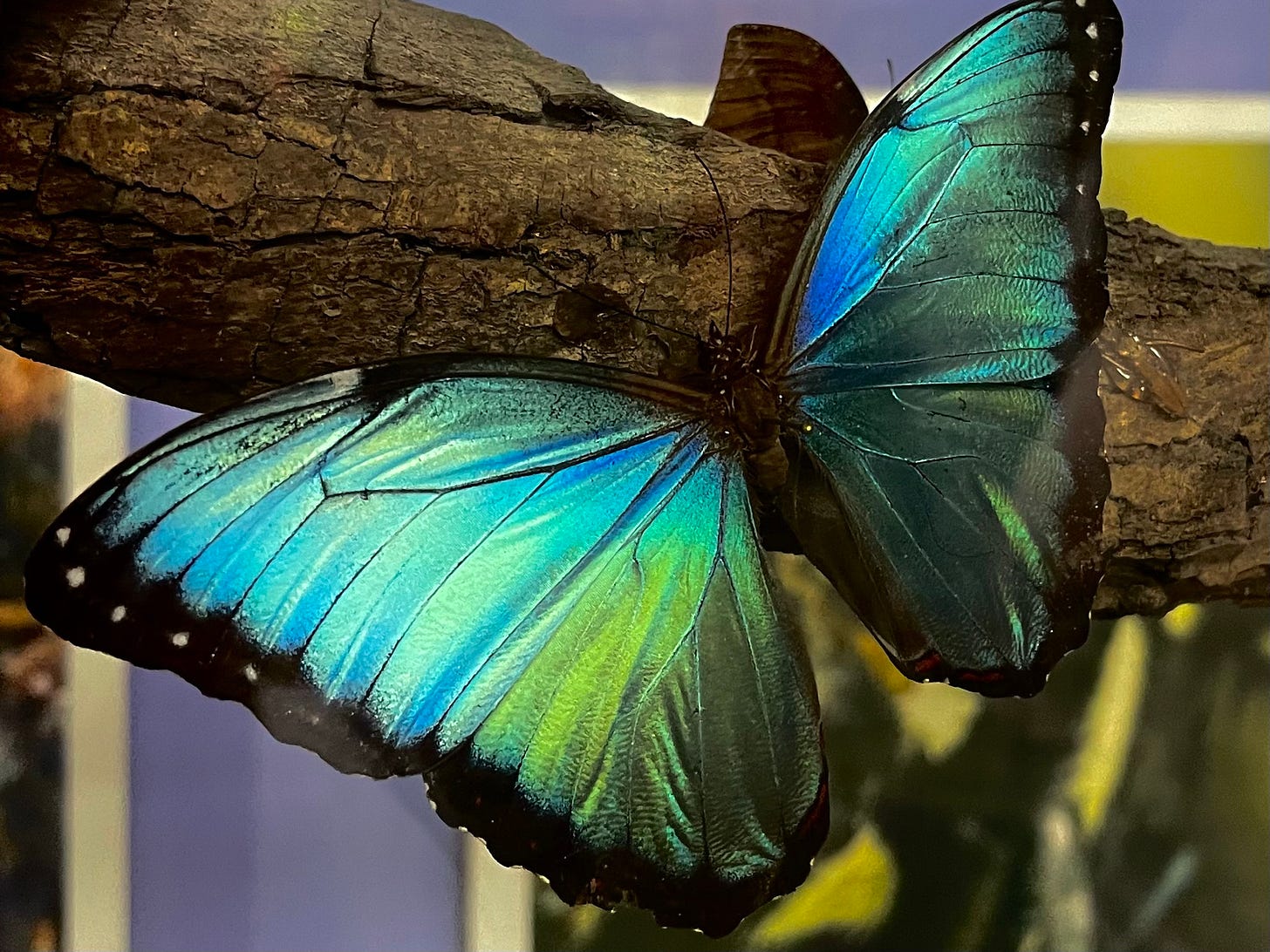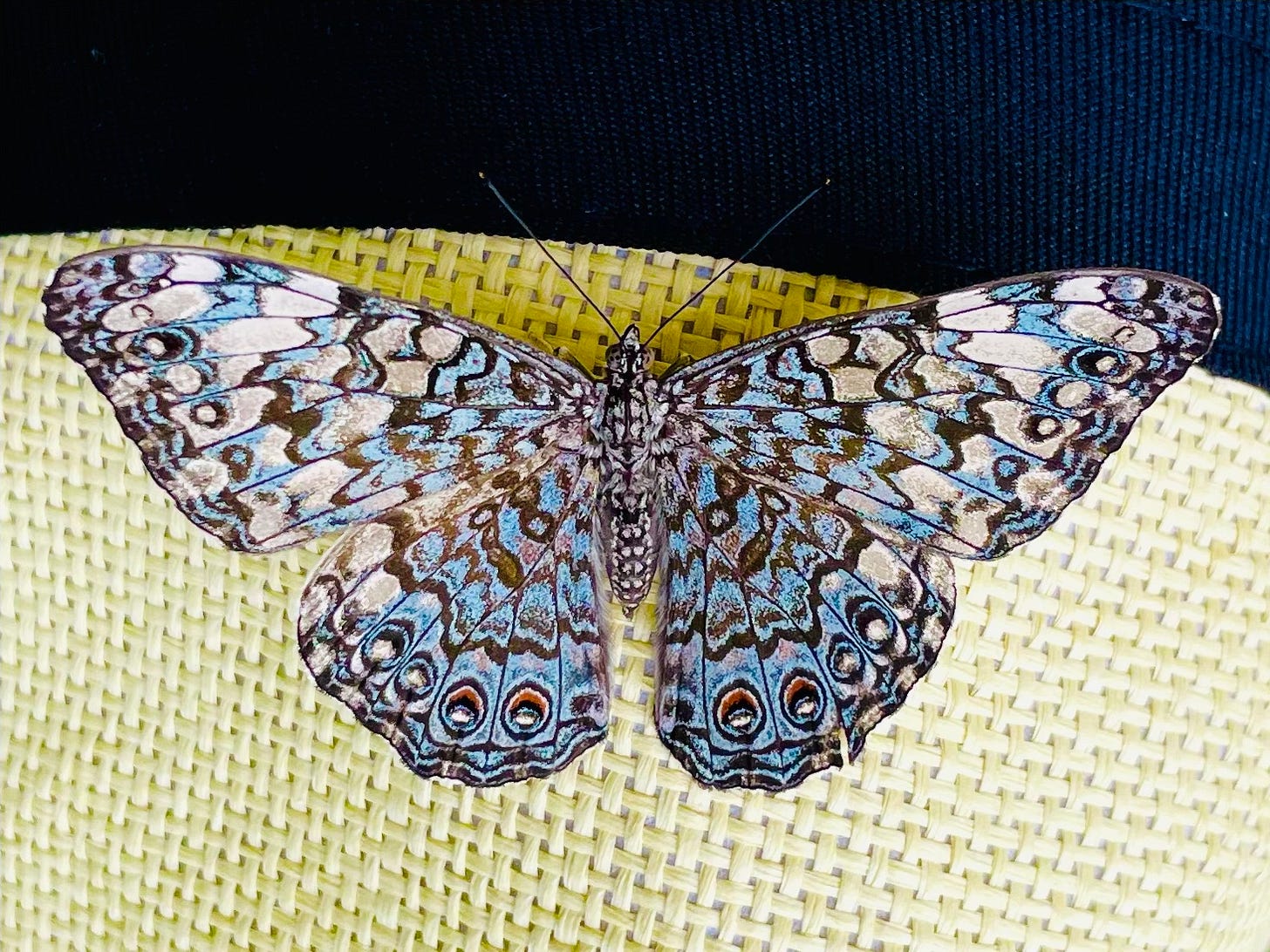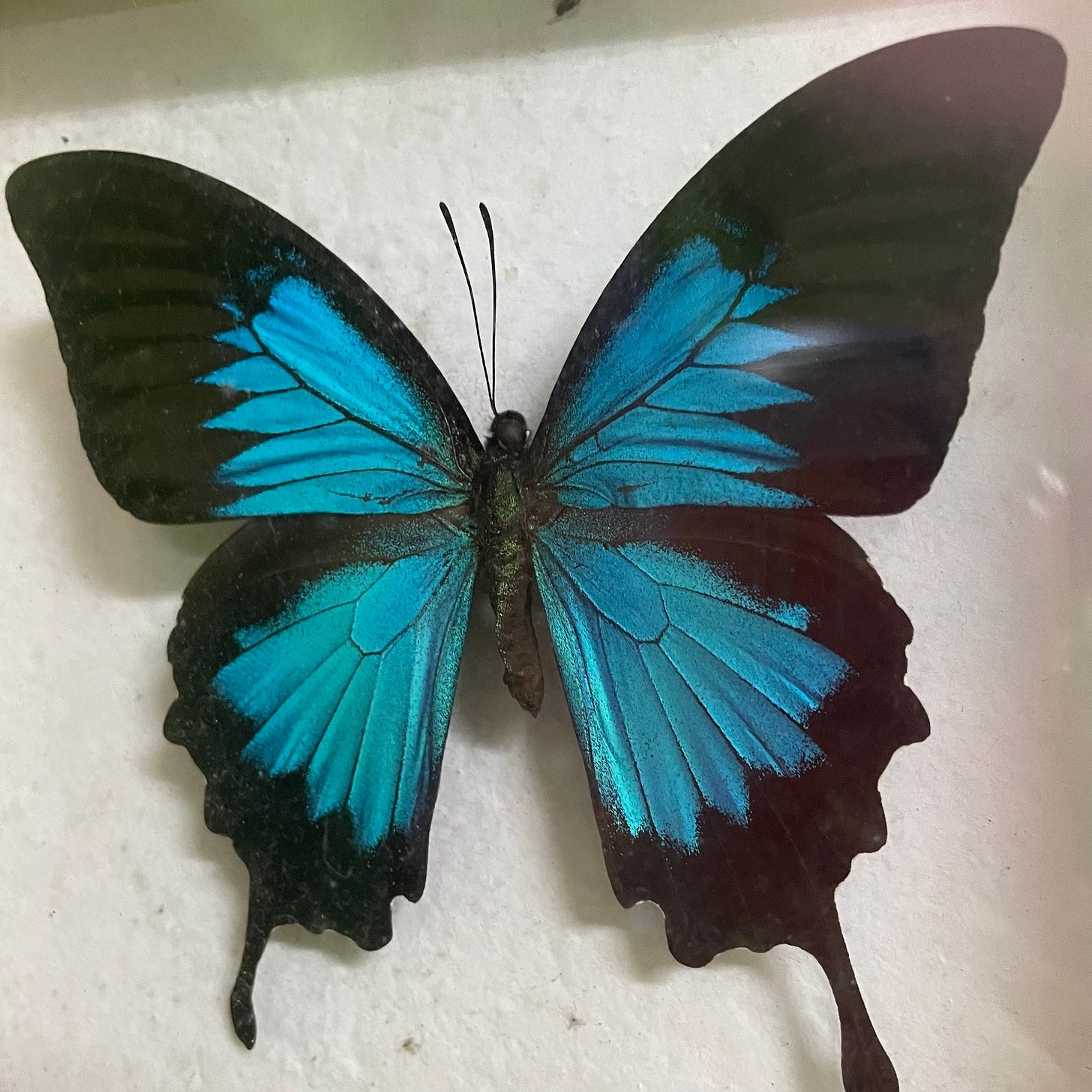Many of you may not know this, but my PhD degree is actually in Materials Science and Engineering. And it’s time to bring that expertise into my blog. In the next few posts, I will focus on topics at the intersection of materials science and biology—from pigments to plastics. Enjoy!
Last week, one of my long-cherished dreams came true: I got to attend the Biofabricate Summit in Paris. This conference has been on my radar since the time I was researching how we can replace plastic with bio-based materials in graduate school. As the name suggests, Biofabricate is an event that brings together innovators and companies to figure out how we can fabricate everyday things—like our clothes—using biology. You can read more about it in a comprehensive article I wrote for SynBioBeta.
This year’s Biofabricate location could not be more appropriate, Paris being the fashion capital of the world. Although there are countless things we can fabricate with biology, fashion is definitely due for a bio-intervention. This industry is the third most polluting in the world after oil and gas and agriculture. The mercurial nature of fashion and our throwaway culture make the problem even worse: tons of clothes, bags and shoes pile up in landfills every year, and we keep tapping oil out of the ground to make more.
A lot of progress has been made in recent years to replace petroleum-derived products and animal materials with more sustainable alternatives (more on that in future posts). But what piqued my interest this year was not the mushroom leathers nor spider silk parkas, but the way biotechnology is transforming the COLOR of our clothes.
Seeing is believing
Turns out, there’s more to color than meets the eye. My last week’s blog post was about monarch butterflies, whose distinctive color patterns make them one of the most recognizable symbols of conservation. The bright black veins that line their wings help them recognize their keen when they arrive at their winter roosting sites; while the black, white and orange stripes of the monarch caterpillars warn predators not to touch this particular species full of cardiotoxic glycosides from the milkweed plants they feast on. But what gives Monarchs their color?
I’m glad you asked—because I took a whole course module on colors in my Materials Science PhD program 🤓. Color is a fascinating phenomenon: while it may seem like an intrinsic property of an object, color is kind of subjective. The color of an object depends on the type and angle of light that hits it, the light receptors in the eye of the beholder, as well as the refraction index of the medium that the light travels through. Things can change color when they are submerged in water or alcohol, for example. So, in a sense, color is not even real—it’s just a sensory hallucination.
Why, then, do we see objects in different colors? When a white light shines on a material object, that light is composed of a rainbow of wavelengths. Some of those wavelengths get absorbed by the surface of the object, while others bounce off it. If you subtract the absorbed wavelengths from the totality of white light, that’s the color you see. For example, if an object absorbs the purple, blue and green waves, the observer will perceive the remaining yellow, orange and red frequencies—which will add up to bright orange.
But what makes objects absorb light? There are two main mechanisms: molecular absorption and the physical interaction of light with a surface. Molecular absorption is just what it sounds like: some molecules (we refer to them as pigments) contain ring structures, double bonds or metal ions that absorb photons. Depending on the number and configuration of those things, natural pigments can absorb different wavelengths of light, and therefore appear as specific colors. When animals or plants make those molecules (through a genetic program encoded in their DNA) they show off beautiful patterns that attract pollinators, mates, and us, humans.
Examples of biological pigments are beta-carotene which makes carrots orange, lutein which makes tomatoes red, and astaxanthin which gives shrimp (as well as the salmon that eats it) its pretty pinkish hue. Monarch butterflies get their color from two pigment classes: melanin for the black stripes and ommochromes for the orange parts. Other butterflies have other pigments, like the bright yolk-colored papiliochrome in swallowtails and iridescent lemon-yellow pterins in the cabbage butterflies.
Mind-bending hues
Pigments give color to most things in nature. However, the brilliant blue morpho butterflies have a unique way of painting themselves. Turns out, blue is a very rare pigment in nature. It requires making pretty complicated molecules through many genetically encoded steps. But morphos found a way around that: they possess what is called “structural color” which harnesses the physics of light at the nanoscale.
If you’ve ever noticed, the shimmering morpho wings change their color depending on the angle—sometimes they look black and sometimes bright blue. This is because the color is determined by the angle at which the light hits their wings. Each wing features thousands of tiled scales with a ridged structure. When the light hits them at the right angle, this results in constructive interference (or multiplication, in plain English) of the blue wavelengths, which get reflected to the mesmerized viewer.
What is even more curious, is that the butterfly wing color changes depending on the environment it’s in: if you put alcohol on the wing of a morpho butterfly, it is no longer blue. But as soon as the alcohol dries, the wing sparkles again. This process is not due to a chemical reaction nor physical changes to the structure of the morpho scales, but simply because light bends differently in liquid like alcohol versus the air.
How to make color
Since we’ve evolved to be attracted to bright, beautiful colors, for centuries people have been looking for ways to dye their clothes, ornaments, homes and objects that surround us. Going back to fashion, dyeing is an important step in making clothes. But turns out, it’s also pretty toxic. The synthetic dyes used in the fashion industry are made from petroleum. The dying process uses a lot of water and energy, involves harsh chemicals or heavy metals, and pollutes our water sources with toxic byproducts.
So, why don’t we use natural pigments in clothes? We do. For example, turmeric is used as a fabric dye. However, for more sophisticated colors, there is often not a natural alternative—or it’s too expensive to use. The color purple, for example, has been historically reserved for royalty. The reason for that is in ancient times, this pigment was extracted from the shells of sea snails. It would take approximately 10,000 snails to make 1 gram of the dye.
Today, biotechnology is making it possible to make pigments derived from rare animals and plants in a more sustainable way. For example, a company called Conagen can make royal purple by fermenting yeast in the lab instead of harvesting snails from the sea. And this is just the beginning. I can envision us creating new types of bio-patterned materials that sparkle like butterfly wings or shimmer like pearl shells, without the harmful impact on the environment.
As always, I find biology full of inspiration. And I’m not the only one—every attendant at Biofabricate is there because they believe we can use plants, fungi and microbes in ingenious ways to transform the way we make our clothes. I hope that in the process we don’t just go for utility and performance, but recreate the splendor of nature to enjoy life in full color.






